Click on “0th Pre-classification Center“, to follow a group of classification experts. Good things should be shared, hands full of fragrance!
Learn, Share, Improve!
Join us and make progress with 494 domestic classification experts.
Once upon a time, displays became a major category in import and export trade at certain ports in China, often due to different product structures, frequent classification errors, and high export declaration prices, leading customs to frequently monitor them, which gave frontline customs officers a headache. During that time, classifying displays became a daily routine, and even though I explained it every day, it couldn’t stop ordinary customs officers from questioning its classification. Therefore, I took time to educate everyone on the classification of display products based on the guidelines from the General Administration.
First, some surrounding knowledge must be understood!
Liquid Crystal Display (LCD)
(LCD Display)
▼
LCD is the abbreviation of Liquid Crystal Display in English, and its Chinese name translates to 液晶显示器. Currently, when we talk about LCDs, we refer to displays made using liquid crystals, mostly used in laptop computers or desktop computer applications. Such displays have a more professional name, called Thin-film transistor liquid crystal display, abbreviated as TFT LCD. From its English name, we can understand that this type of display has two main features: one is the thin-film transistor, and the other is the liquid crystal itself. Let’s first take a look at the essence of liquid crystals.
# What is Liquid Crystal
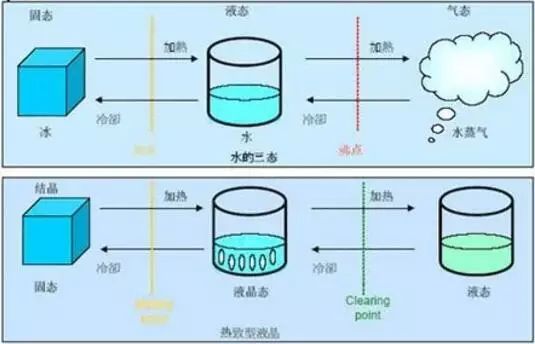
We generally believe that materials have three states: solid, liquid, and gas. In fact, the three states of matter refer specifically to water; for different materials, there may be other states. The liquid crystal state we are discussing is an intermediate state between solid and liquid. This state is merely a phase change process of materials (see Figure 1). As long as a material has this process, meaning there is a state existing between solid and liquid, physicists call it a liquid crystal. This is what we refer to as liquid crystal!
# Structure of Liquid Crystal Panel
The liquid crystal panel mainly consists of the following parts:
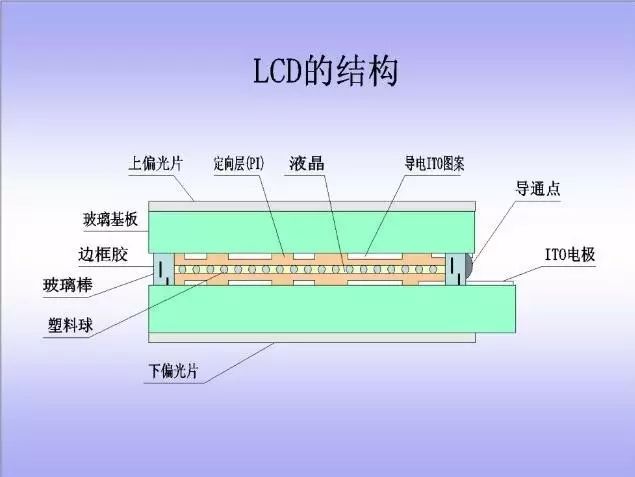
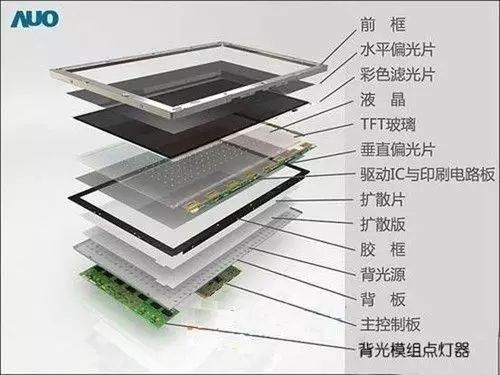
1. Backlight Source (or Backlight Module)
Since liquid crystal molecules cannot emit light by themselves, a dedicated light source is needed to create an image on the LCD. The backlight source provides the light energy, which then passes through the liquid crystal molecules to produce different colors. Previously, LCDs used a cold cathode fluorescent lamp (CCFL) as the light source, which operates almost the same as a fluorescent lamp. Now, new LCDs use more energy-efficient, longer-lasting LED backlights. The light from the lamp (or LED) is distributed through a light guide plate, and the reflection plate at the back concentrates all the light towards the liquid crystal molecules. Finally, the light is evenly dispersed through the prism sheet and diffusion plate to avoid excessive brightness in the center and low brightness around.
2. Two Polarizers (Top and Bottom)
The full name of the polarizer should be the polarizing film. Those who have studied physics should know what polarized light is. The imaging of liquid crystal displays must rely on polarized light; all liquid crystals have two polarizing films tightly adhered to the liquid crystal glass, forming a liquid crystal layer with a total thickness of about 1mm. If either polarizer is missing, the liquid crystal layer cannot display an image. Simply put, the role of the polarizer is to allow light to pass through in one direction.
3. Two Glass Substrates (Upper and Lower)
The glass substrates are not just two pieces of glass; they have a groove structure on the inner side and are coated with alignment films, allowing liquid crystal molecules to align neatly along the grooves. The upper and lower glass layers will have TFT thin-film transistors and color filters attached to their sides.
4. ITO Transparent Conductive Layer;
This layer provides a conductive path, divided into pixel electrodes (P-level) and common electrodes (M-level).
5. Thin-Film Transistor (TFT)
We often refer to TFT-LCD, which actually refers to this thin-film transistor. Its function is similar to a switch; TFT can control the signal voltage on the IC control circuit and deliver it to the liquid crystal molecules, determining the angle of deflection of the liquid crystal molecules, thus it is a very important component.
6. Liquid Crystal Molecule Layer
This does not require much explanation; it is the most important element that changes the polarization state of light, determined by electric and elastic forces.
7. Color Filter
The light deflected by the liquid crystal molecules can only display different grayscale but cannot provide the three primary colors of red, green, and blue (RGB). The color filter consists of RGB three filtering sheets, which adjust each color and brightness through the mixture of the three. Each pixel in the liquid crystal panel is made up of red, green, and blue dots, each with different grayscale variations.
8. Frame Adhesive
As everyone can guess, the purpose of this component is to firmly bond the upper and lower glass substrates of the liquid crystal panel together and to isolate the entire internal system from the outside, preventing dust from entering and affecting the color effect. This is somewhat like the adhesive frame of vacuum glass at home.
# Structure of LCD Display
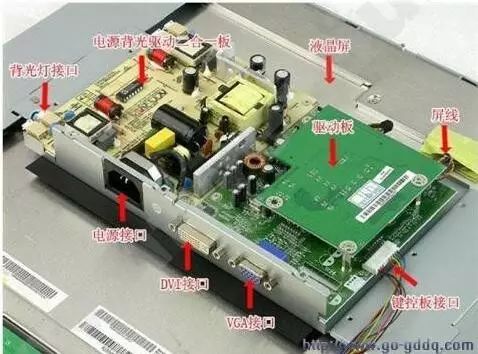
Having only a liquid crystal display panel is probably useless; a truly functional LCD display requires additional components, including:
1. Driver Board (DRIVER Board)
This converts the input electrical signals into image signals that can be displayed on the screen. The driver board is usually connected to the liquid crystal layer via flexible circuits and cannot be separated.
LCD screens cannot be directly used by consumers; downstream manufacturers will further equip them with different circuits and interfaces for various purposes. The final product applications include: LCD TVs, LCD computer monitors, laptop displays, portable DVDs, television displays for cars, trains, and airplanes, GPS displays, portable TVs, children’s learning machines, handheld computers, game consoles, industrial instrument displays, visual telephones, etc. For LCD screens used as monitors or TVs, they may also include the following circuit boards:
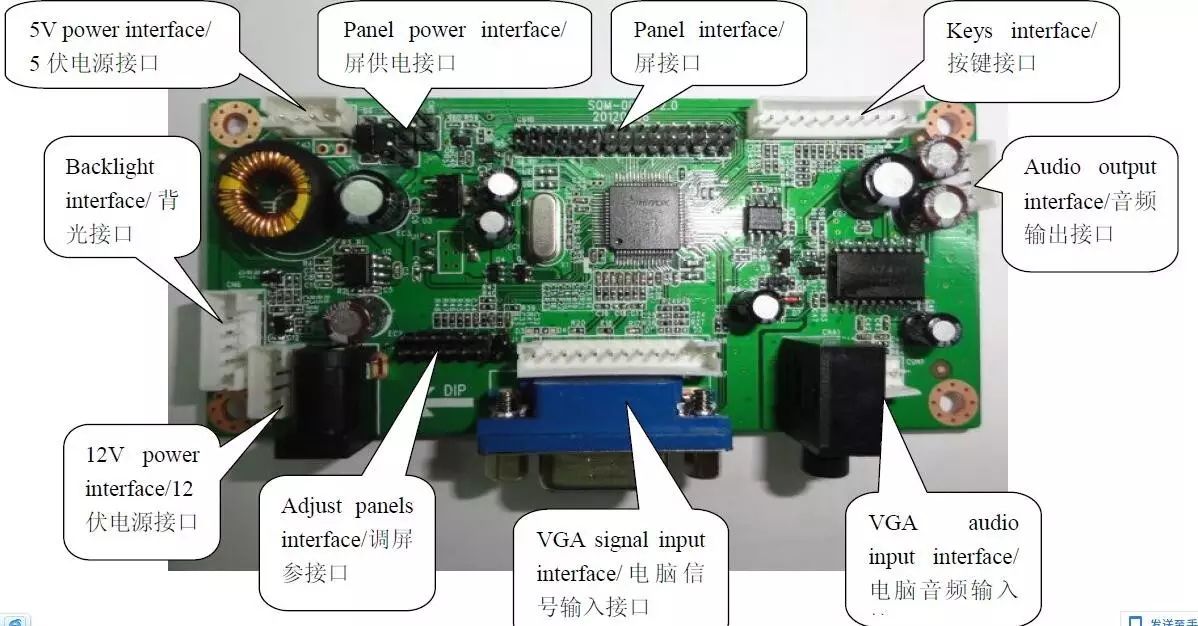
2. Scaler Board (SCALER Board)
This is responsible for converting RGB signals or YUV signals into the driving signals required by the LCD (TTL or LVDS signals). After installing this board and connecting it, it can receive display signals from a computer, becoming an LCD monitor. This means that an LCD panel with a SCALER board will have the basic characteristics of a computer LCD monitor because its feature is to receive computer display signals.
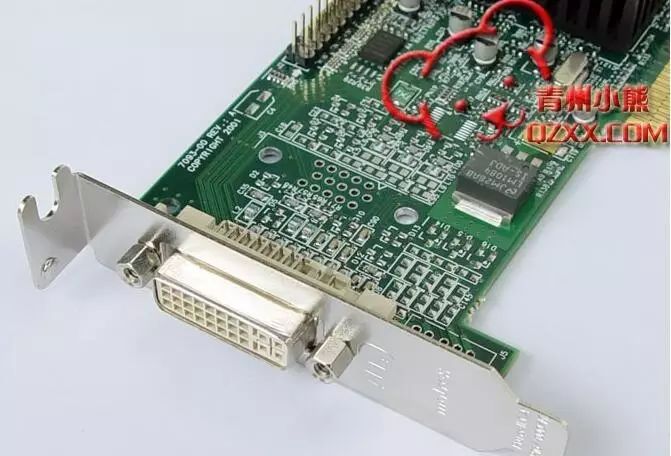
3. Decode Board (DECODE Board)
This is responsible for converting video signals into baseband signals, generally outputting YUV color difference signals (both digital and analog). After installing this board, it can receive video signals. This means that an LCD panel with a DECODE board can already view video images, possessing the basic characteristics of a video monitor.
4. Tuner Board (TUNER Board)
This is responsible for receiving TV radio frequency signals and outputting video signals, used to restore high-frequency TV signals into video images and audio signals so that they can be played on the display. This means that installing a TUNER board already gives it the basic characteristics of a television.
Alright, no more torturing everyone. This information may seem obscure, but to classify LCD displays accurately, one must understand the specific structure of the product to assign the correct tax number.
States of LCD Screens
(What Types)
▼
In simple terms, when importing and exporting, LCD screens mainly exist in three declaration states, which we first need to determine:
1. Complete machines containing LCD screens (not primarily characterized by display). For example, an ultrasound machine with an LCD display or a mobile phone with an LCD screen (obviously), where the main function is not the LCD screen, so these products are not within the scope of our discussion.
2. Complete machines containing LCD screens (primarily characterized by display). For example, LCD monitors for desktop computers and LCD flat-screen TVs, which have their own characteristics that we will explain in the next article.
3. LCD displays as components. For example, separately declared mobile phone LCD screens or separately declared alarm LCD panels; today we will mainly discuss this part.
Classification Thinking of LCD Screens
(Tricks, actually all tricks)
▼
Based on the decisions made at the sixth meeting of the Technical Committee for Classification of Goods under the Harmonized System and the resolutions made at the twelfth meeting, I have made some personal interpretations to form the following classification process:
Initial State of LCD Screens(LCD Screens)
Item 90.13 “LCD Display Panels” is actually the basic part of all LCD products. Everyone can see the LCD display panel at the top of this article, which mainly consists of the liquid crystal display layer and other connecting components. To confirm this point, let’s look at the notes for this item:
Item 90.13
This item includes:
1. Liquid crystal devices made of a liquid crystal layer sandwiched between two glass or plastic plates, regardless of whether they contain electrical connections, but when declared, they are in sheet form or cut into special shapes and do not constitute items more specifically listed under other items of this Harmonized System.
This note mentions several important pieces of information:
1. It can include LCD panels made of only two glass plates sandwiching the liquid crystal layer, with an outer adhesive frame and no electrical connections, modules, or circuits;
2. LCD panels made of only two glass plates sandwiching the liquid crystal layer, with some electrical connections added, but not forming part of other items allowed by the Harmonized System, such as having a driving IC but no decoding board;
3. Whether or not they have electrical connections, they must be cut into special shapes. Because the outer adhesive frame must seal the liquid crystal layer for transportation and sale, it must take on a certain shape;
4. This sub-item is a general catch-all clause for LCD products as components.
Example:
LCD monitor components include an LCD display panel and a printed circuit board. The LCD display panel includes the liquid crystal panel, timing control, DC voltage conversion circuit, horizontal and vertical drive circuits, etc., with signals sent from the monitor’s mainboard, processed through timing control, DC voltage conversion circuits, and transmitted through horizontal and vertical drive circuits to control the operation of the LCD panel to display images. Used in computer LCD monitors.
Analysis:
This product consists of an LCD display panel and a circuit board, and even though it has a driving circuit installed, because it does not have a scaler board (as explained above), it still does not possess the characteristics of a dedicated part for an LCD monitor, so it is classified under item 90.13 as an LCD display panel. You might want to consider it as a dedicated part for an LCD monitor, but unfortunately, it lacks the characteristics.
LCD screens with video monitor characteristics that can display images(LCD Screen + Scaler Board, Decode Board)
Earlier, we discussed the functions of the scaler board and decode board, where the scaler board is mainly used for converting computer display signals and the decode board is mainly for converting video signals. With these two boards, it already possesses the basic characteristics of a video monitor, the distinction being one is primarily used under item 84.71, and the other is not. Such products are classified under item 85.28.
Example:
The customs declaration includes three items: a 5-megapixel dual-screen system (BAOCO MDNC5121), a 4-megapixel large-screen LCD display system (BARCO MDNC4130), and a 6-megapixel large-screen LCD display system (BARCO MDNC6130). Each system consists of an LCD monitor, a workstation-specific graphics card, and a power adapter, with the monitor having only a DVI-D dedicated interface. This display system does not belong to receivers directly connected to television cameras or video recorders via coaxial cables, completely lacking radio frequency circuits, capable of color display as well as grayscale display, and can be connected to specialized medical equipment (such as large CT machines, CR instruments), providing high clarity and high-performance imaging for physicians.
Analysis:
This product appears complex, but there is a very crucial piece of information — it has only a DVI-D interface. This interface has already been clearly defined by the General Administration in 2009 as belonging to computer-specific LCD monitors, and the DVI interface is part of the scaler board. You can also understand that having a scaler board means having a DVI interface, indicating it is computer-specific (D-SUB is rarely used). Thus, it is a liquid crystal display device (and connection device) with a DVI interface (scaler board), already possessing the basic characteristics of a monitor, hence classified under item 85.28.
LCD screens that can only display simple information(LCD Screen + Decode Board)
LCD screens can display different content depending on their intended use. Some complex designs equipped with decode boards can display rich images, whereas other simpler structures can only display simple numbers or graphics after receiving signals through a decode board (as shown in the figure below). Such products should belong to visual signal device display panels and be classified under item 85.31.
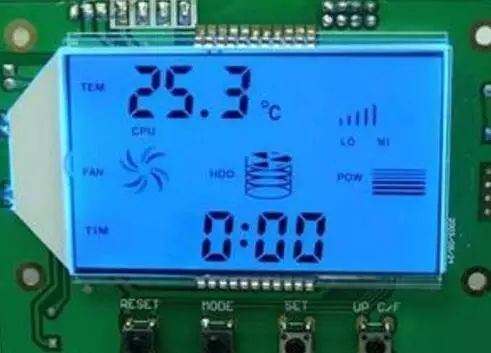
Example:
LCD display screens without video input interfaces, with circuit boards containing decoding chips, capable of decoding functions, and can be used for digital and image display. Such products can be applied in mobile devices, digital photo frames, and digital display terminals.
Analysis:
This liquid crystal display panel contains a driving board, the driving board has decoding chips, and has decoding functions, but lacks video input interfaces, thus cannot display rich images, only simple numbers and graphics. Moreover, since this product contains decoding functions, it exceeds the scope of item 90.13 (two glass plates plus liquid crystal layer, driving board, connecting wires, etc.), and since it can only receive mid-to-low frequency signals, displaying relatively simple and easy-to-understand numbers or graphics, it should be classified as a display panel with a liquid crystal device under item 85.31.
LCD screens with television characteristics(LCD Screen + Scaler Board, Decode Board + Tuner Board)
The tuner board is a device used by televisions to receive high-frequency signals and demodulate video information, amplifying weak video signals and lowering the frequency to a suitable output frequency for the display. This already gives it the basic characteristics of a television, just lacking a television receiver. However, modern televisions are becoming increasingly intelligent, many can connect to a computer host as a monitor, and this compatibility means they will be equipped with both computer-specific scaler (decode board) and television-specific tuner boards. But since it possesses the basic characteristics of a television, such products should be classified under item 85.28 as complete television features.
Example:
This product is a DELL LCD monitor, model P2210, size 22 inches, brightness 250 candela per square meter, contrast 1000:1, dot pitch 0.282 mm x 0.282 mm, response time 5 milliseconds, net weight 7.1 kg. Structural principle: consists of an LCD screen, circuit board, support base, and various connecting wires, containing VGA, DVI, DisplayPort (digital audio-video interface, abbreviated DP) interfaces. The DP interface is primarily designed for PC applications, widely connecting graphics cards, chipsets, and LCD monitors, being the latest digital high-definition audio-video interface launched by the Video Electronics Standards Association (VESA), capable of supporting display resolutions higher than QXGA (2048×1536) pixels and greater than 24-bit color depth, greatly improving image quality. The DP interface supports the transmission of high-definition audio signals along with video signals, offering higher resolutions and refresh rates compared to HDMI interfaces, providing greater data bandwidth. This LCD monitor is used in conjunction with a computer.
Analysis:
This LCD monitor contains VGA, DVI, and DisplayPort interfaces, with the DisplayPort being a high-definition television signal terminal interface. Therefore, even with DVI and VGA interfaces (with scaler boards), it still possesses the basic characteristics of displaying video images, and should not be regarded as dedicated to or primarily used under item 84.71 monitors, thus classified under item 85.28 as another type of monitor. In other words, DVI + DP interfaces belong to monitors not under item 84.71, but DVI + tuner board.
LCD screens with general component characteristics(LCD Screen + Touch Function Layer)
These products only add touch devices to the LCD screens under item 90.13, and can have many variations, such as adding a control system to classify under item 85.37, adding a scaler board to classify under item 84.71, or adding dedicated interfaces to be classified as GPS-specific components. Thus, it should belong to an electrical general component, classified under item 85.48.
Example:
Product Introduction: 4.3-inch active matrix color TFT-LCD module, includes backlight module and driving circuit, with single-point touch function. It does not include a decode board, belongs to a general screen, and can be used in various multimedia terminals such as handheld TVs, MP4s, GPS, etc.
Analysis:
This LCD display screen (with touch function) is a 4.3-inch active matrix color TFT-LCD module, including a backlight module and driving circuit board, with the entire LCD module wrapped in a metal frame, with external flexible wiring. This product has a single-point touch function, does not include a decode board, and belongs to a general screen. It can be used in handheld TVs, MP4s, GPS, and other handheld multimedia terminals, consisting of an LCD display and resistive touch screen, exceeding the scope of item 90.13, and should be classified under item 85.48 according to the provisions regarding machine parts in note 2 of class 16.
LCD screens with general component characteristics(LCD Screen + Other Specific Devices)
Based on item 90.13 LCD screens, these do not carry scaler boards, decode boards, or tuner boards (do not possess corresponding characteristics), but carry other dedicated circuit boards or devices. If relevant materials can prove that they are only dedicated to a specific product, they constitute specialized component characteristics and should be classified under the relevant part number of that product. This is relatively challenging to determine.
Example:
JDI HONG KANG brand LCD display screen, model: DCX801AKM-E, consists of LCD, backlight component, display driving chip, flexible board (FPC), optical glue, touch screen, glass lens, etc., with the panel printed with “HUAWEI” trademark, is a customized 5″ touch LCD display screen specifically for “Huawei” mobile phones.
Analysis:
This product consists of LCD, backlight component, display driving chip, flexible board (FPC), optical glue, touch screen, glass lens, etc., with the working principle being: driven by the main chip of the mobile phone to achieve display functionality and feedback through the touch screen for interface operation, applied to mobile phone displays. The panel of this product is printed with the “HUAWEI” trademark, has dedicated functional openings for mobile phone (proximity light/environment light sensing pathways), and has a customized shape and size, making it only usable for the corresponding brand (Huawei) and specific model (P2) mobile phone. This product is a dedicated part for a specific model mobile phone, lacking generality, and should be classified under item 85.17. This product emphasizes the special design and brand identification of the screen, belonging to products that can be proven to be dedicated. However, please note: the aspect of specialization cannot be rigidly applied; only liquid crystal screen products with special designs in interfaces and identifications can be considered specialized components.
Are you dizzy?
(The real tricks are just beginning)
▼
I designed a flowchart based on the classification thinking to help everyone complete the classification more easily:
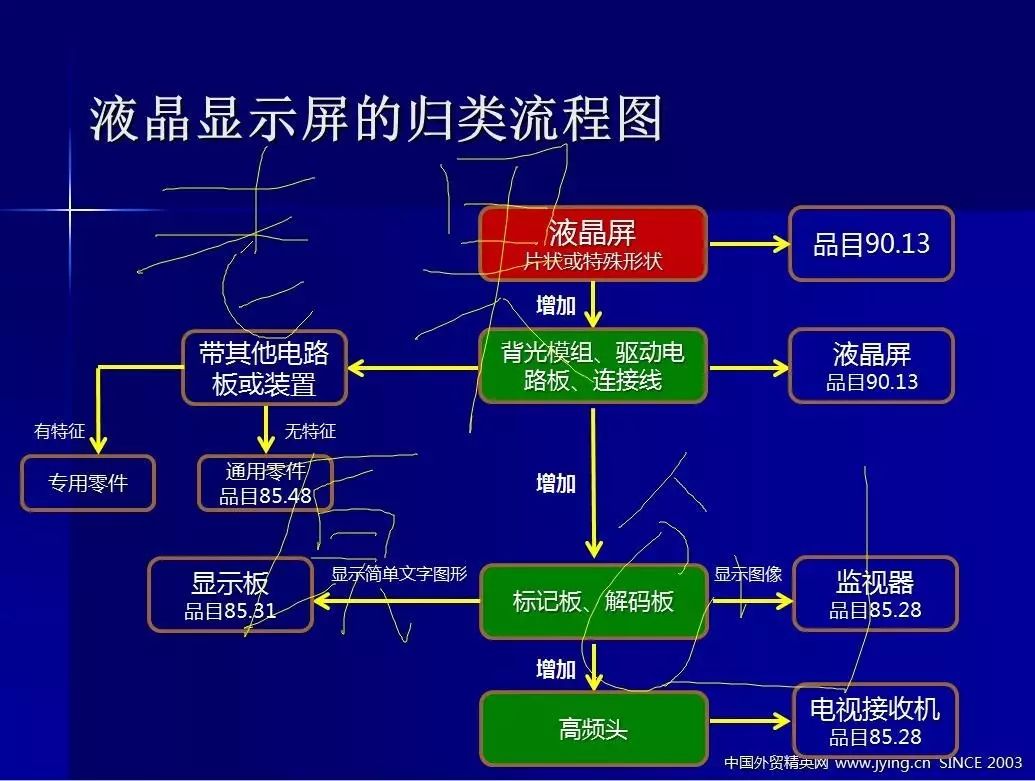
The text version of the classification thinking from the General Administration would be better viewed alongside this article. We will present the text version of the classification thinking in the next issue.
Of course, if you encounter specific difficulties in classifying LCD displays, feel free to contact the editor at 15811225598, QQ790107107.
WeChat Official Account
Daily release of authoritative product classification guidelines, making it easy for you to learn pre-classification skills.

Classification QQ Group
The most authoritative classification exchange QQ group, where the national classification experts gather for communication.

Written by Guozi
Founder of China Foreign Trade Elite Network (since 2003), engaged in customs declaration, inspection, and pre-classification work since 2003, one of the first batch of pre-classifiers in China, currently providing technical support for many pre-classification service units. Guest professor at several universities, founder of online teaching activities for customs officers, inspectors, and pre-classifiers in China.
0th Classification Group
The largest pre-classification business exchange organization in China, established the 1st classification group in 2012, now has four core classification groups with a total of 490 registered members, 1769 members learning online, and 27 registered pre-classifiers. Aimed at communication, learning, and sharing, providing the best business platform for import and export practitioners.
Consulting Service for Difficult Product Classification
Beijing, Shanghai, Shenzhen, Dongguan, Dalian, Nanjing
Consultation hotline: 010-62010715 15811225598 Guozi
Online Courses for Pre-classifiers
The largest number of participants in the country, learning with 490 pre-classifiers in the same classroom, 300 class hours of full-case teaching.
Consultation hotline: 010-62010715 15811225598 Guozi
* If you need to reprint this article on the official account, please contact the 0th Pre-classification Center (yiguilei); unauthorized reproduction is prohibited.
